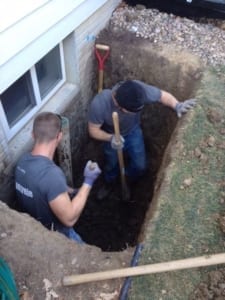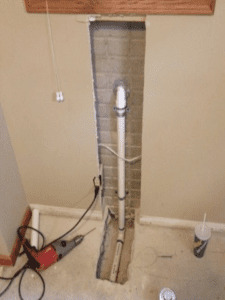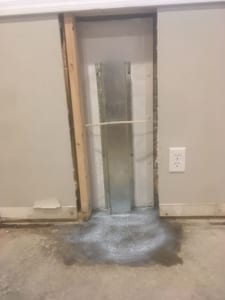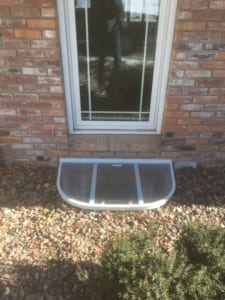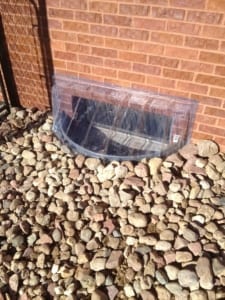Basement Egress Windows
What is a basement egress window?
A basement egress window is basically a window that is installed specifically to allow people to exit a basement in case of an emergency. It’s usually required by local building codes as a safety measure.
Egress windows are typically larger than regular basement windows and are designed to be easy to open and climb out of.
Not only do egress windows provide an important safety feature, but they can also make your basement feel less like a dark, dungeon-like space. By letting in natural light, they can make your basement a more livable and enjoyable space.
Basement Egress Window Styles
There are three types of basement egress windows:
Casement
These windows have hinges on the side and operate like a door, swinging either in or out.
Single or Double-Hung
These windows have that classic window style with two panes of glass and a bottom and upper sash. With single-hung egress windows, the top sash is stationary, and only the bottom sash moves up and down. With double-hung egress windows, both the top and bottom sash move up and down.
Horizontal Sliding
These windows open horizontally like a sliding glass door.
Since only one pane opens in horizontal sliding windows and single or double-hung windows, they need to be larger to meet code requirements.
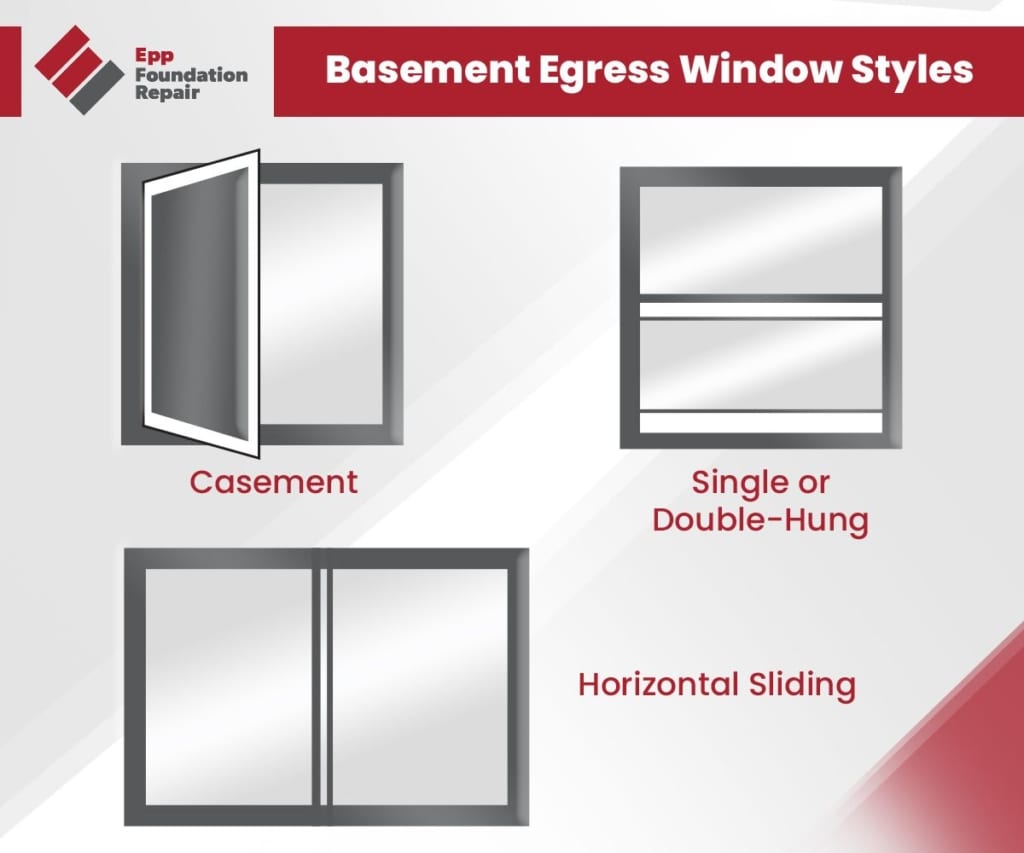
Converting older basement windows into egress windows
Basement egress windows need to be big enough for residents to escape or for firefighters (wearing equipment) to enter. Code requirements specify the minimum egress window size, window well dimensions, and clearance. The egress windows need to be easy to open and can’t have bars that aren’t easily removable.
If you’re installing one or more basement egress windows in an older home, you may need to enlarge your window frames, which will involve some construction work.
The benefits of basement egress windows
The benefits of basement egress windows include,
- Your home will be up to code regarding emergency escape openings. The International Code Council states that Emergency Escape and Rescue Openings in “Basements, habitable attics, and every sleeping room shall have not less than one operable emergency escape and rescue opening.”
- Your basement won’t feel like a dungeon. Gone are the days of the creepy, flickering fluorescent lights that make you want to turn around and run up the stairs. Basement egress windows allow natural light to flood into your basement. That means your basement will no longer feel like a basement.
- Your basement will get a lot of fresh air. Egress windows will improve the ventilation in your basement.
- You’ll want to spend time in your basement. Egress windows will expand your home’s living space.
- Your home’s value will increase. Depending on where you live, an egress window in a basement room could turn that room into a bedroom. If so, this will increase your home’s value.
- Your home will be easier to sell. Buyers may be discouraged to find out that they need to install basement egress windows if they want a finished basement that’s up to code. Knowing the home already has this safety feature relieves them of that worry.
How much do basement egress windows cost?
The price of adding an egress window and window well varies from project to project. Typically, you’re looking at $6k-$9k, depending on window size/type and window well size/type. There could be other costs as well if another contractor needs to get involved for home modifications, including changing the framing of the home, adding retaining walls, etc.




